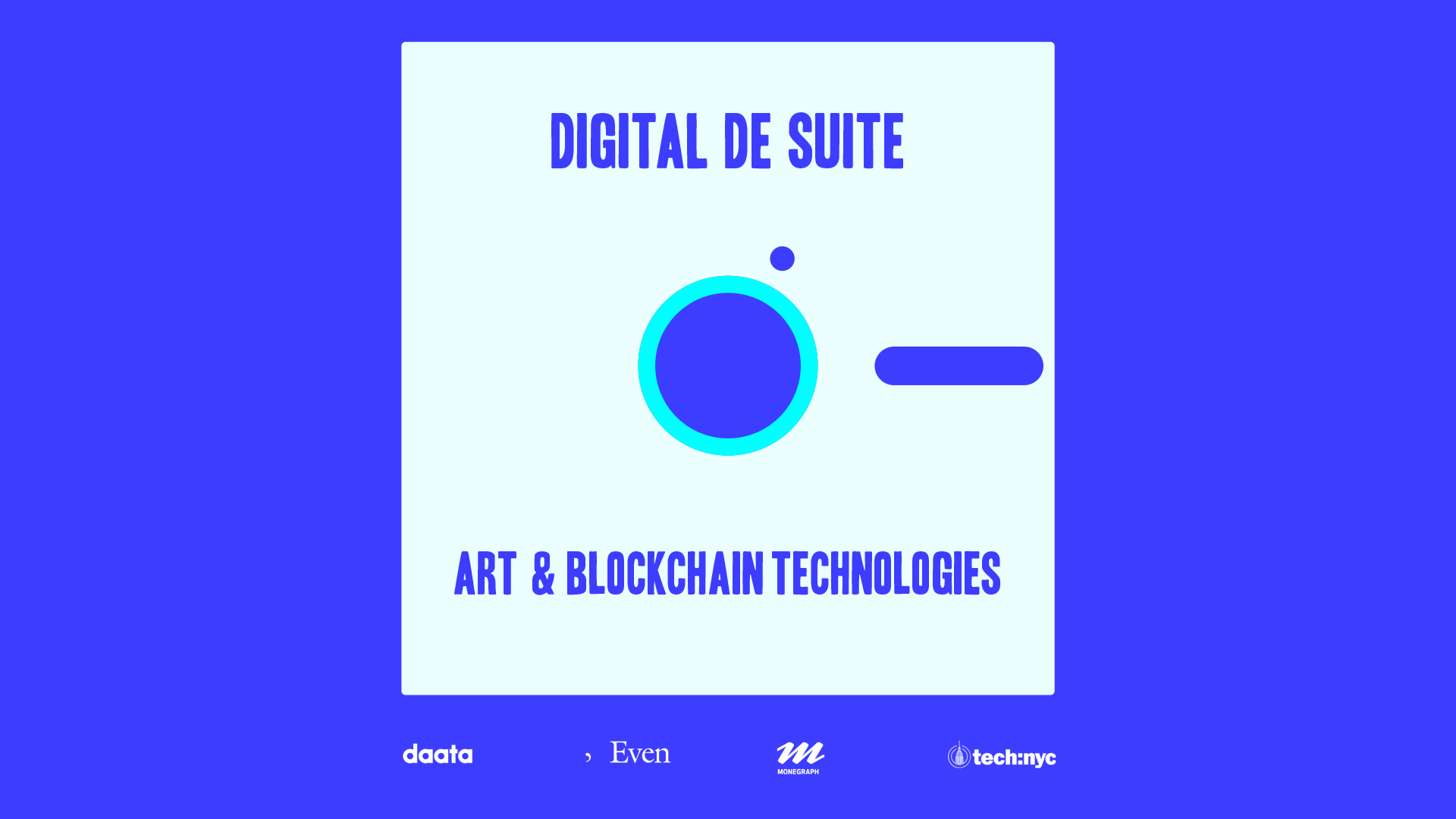Static Field I
2011 - Painting (Painting)
48 x 96 inches
Kamau Amu Patton
Kamau Amu Patton’s painting Static Field I originates from a system of electronic and digital media. The image we see on the canvas was created by pointing a camera into its output—a gallery wall—and subsequently generating a feedback loop. Patton then records the distorted image, digitizes it and prints the file onto unprimed canvas with the help of a machine. Since canvas is a porous surface when unprimed, two people need to gradually spray the canvas with water and smooth out the wet surface in order for the machine’s potter arm to work. The result is a choreography between two people and a machine, working together in a way that is uncomfortable or unusual and constantly learning from each other. The distortion or visual noise we see—also called signature—emanates from the technology and the process itself. Similar to the familiar white noise we remember watching in our TVs, the noise is the result of atmospheric, electromagnetic, radio, and sometimes even thermal waves from nearby devices. Patton purposefully leaves this in to make the intangible tangible and capture traces of these invisible forms that are all around us.
Kamau Amu Patton is a collector of the intangible. Using—or misusing—electronic media, he gathers sound, colour, light, and radio waves, which he then transforms through the prism of digital technology into artworks. Video feedback from a camera pointed at a gallery wall or a radio signal from a nearby antenna are examples of some of the inputs Patton uses, which are subsequently processed, digitized, amplified or re-routed through complex loops of information. Patton’s interest, however, goes beyond the visual outputs that result from the systems he deploys. For him, these intangible forms—whether electromagnetic or audiovisual—are lifeforms from the digital world that we’ve created, and as such, extensions of our own consciousness. With this in mind, as part of his process, he often responds to specific documents, archives and stories of specific sites in order to engage with the social and metaphysical dimensions of the media he uses.
Colors:
Related works sharing similar palette
» see more

© » KADIST
Taiyo Kimura
The wall installation Friction/Where is Lavatory (2005) plays off anxieties about time but utilizes sound to create a disconcerting experience of viewership: comprised of dozens of wall clocks sutured together, the work presents a monstrous vision of time at its most monumental...

© » KQED
A 49ers Anthem Charges Back From the ’80s for Super Bowl Sunday | KQED Skip to Nav Skip to Main Skip to Footer upper waypoint Arts & Culture A 49ers Anthem Charges Back From the ’80s for Super Bowl Sunday Rae Alexandra Feb 7 Save Article Save Article Failed to save article Please try again Email A 49er and a Dolphin dancing* at the 1985 Super Bowl to classic Narada Michael Walden track, ‘We’re the 49ers.’ [*This is a lie.] (Focus on Sport via Getty Images) Look...
Related artist(s) to: Kamau Amu Patton » Colter Jacobsen, » Mauricio Ancalmo, » Ruth Laskey, » Amy Franceschini, » Andrea Higgins, » Chris Johanson, » Desirée Holman, » John Bankston, » Jordan Kantor, » Josephine Taylor
» see more

© » KADIST
Jordan Kantor
2009Eclipse is a series of screenprints from Jordan Kantor’s larger vitrine installation that included reworkings of a single image of a small group viewing an eclipse through shielding cut-outs...

© » KADIST
Desiree Holman
2010Reborn, 2010 is a three-channel video by Desiree Holman that questions ideas of motherhood and the maternal instinct...

© » KADIST
Colter Jacobsen
2007Victory at Sea is a simple mechanism made from cardboard and found materials that mimics the Phenakistoscope, an early cinematic apparatus...

© » KADIST
Mauricio Ancalmo
2010War Footage is a series of wall-mounted works composed of 16mm film leader, tightly bound to flag-shaped panels by the artist...
Related works found in the same semantic group
» see more

© » KADIST
Adrian Melis Sosa
2008In Cuba, due to the lack of materials, workers of state-owned construction companies must remain at work without doing anything, waiting for the end of the working day...




